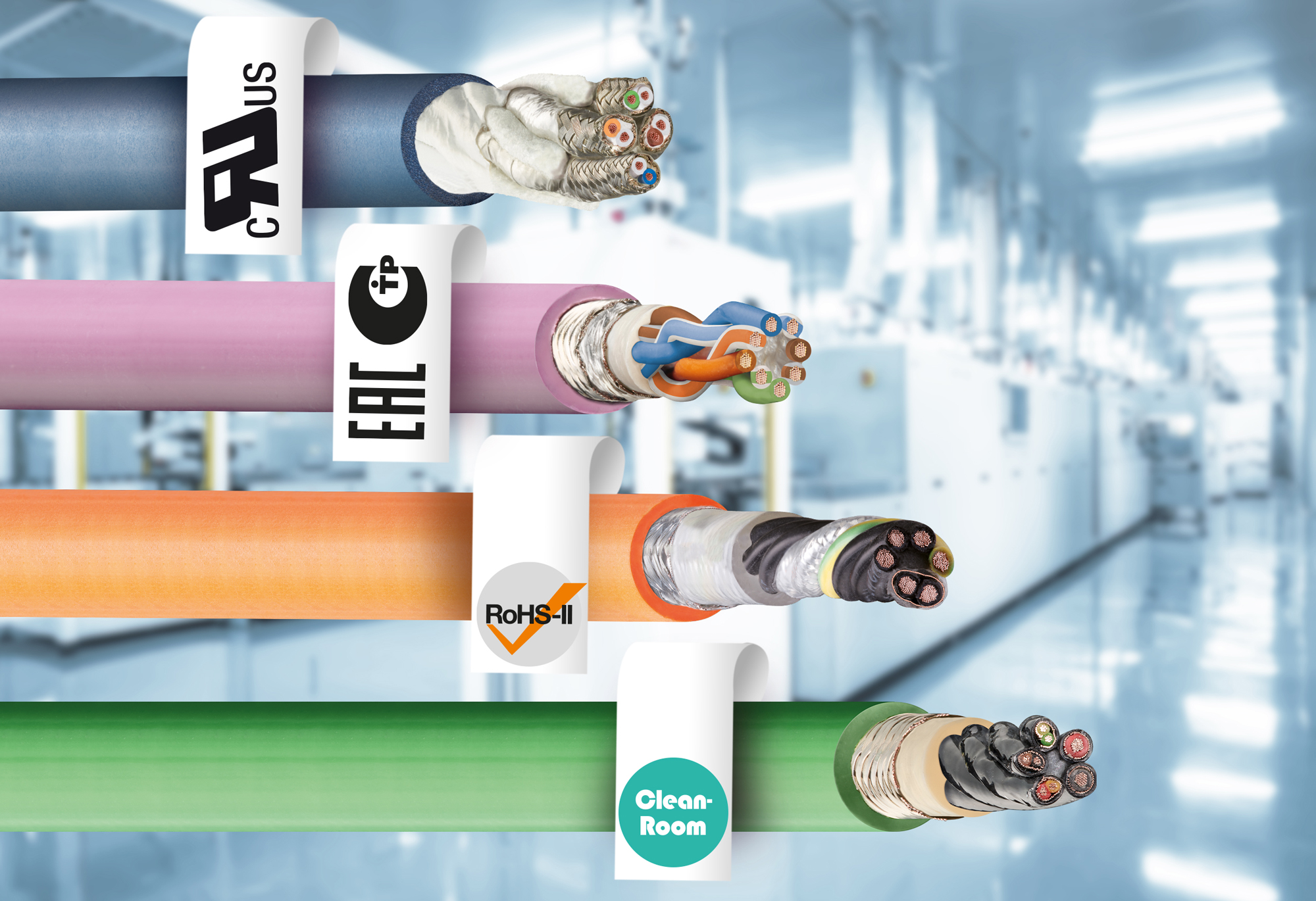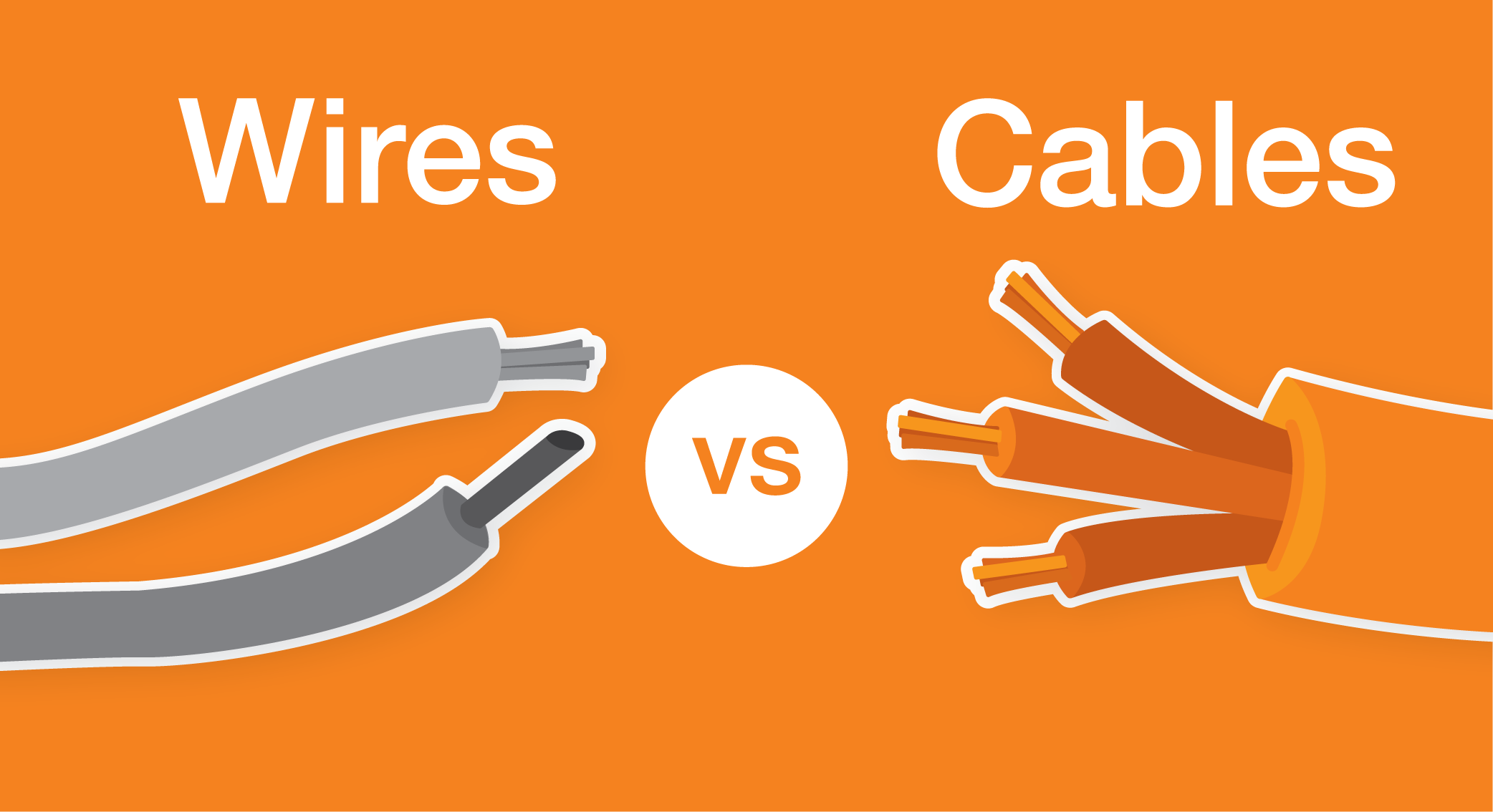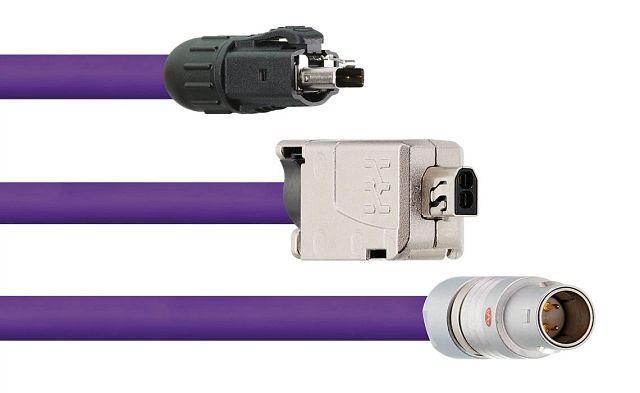What Makes Each Cable Sheath Material Different?

Next to the shielding, a cable is surrounded by a very important outer sheath. This outer sheath is made from different materials depending upon your application, and the different sheathing materials protect against issues such as mechanical stress, temperature or chemical substances.
What are the different cable sheath materials?
Different applications require unique resistances and protections, so cable manufacturers offer a selection of sheath materials that are produced from various material mixtures. Based upon the sheath material chosen, this outer sheathing can have very different properties when facing external conditions and environments.
PVC
PVC or polyvinyl chloride is a very versatile thermoplastic. Due to its chemical structure and flame resistance, it is often used within assembly lines, packaging, and lighting technologies. PVC cable sheathing is popular because of its high strength and strong insulating properties. The material is also resistant to permanent moisture and salt water. However, in the event of a fire, properties such as chlorine (a halogen) are released from a PVC cable, which can pose a danger to humans since they react with water.
In the low voltage range (up to 1,000 V), polyvinyl chloride is also known as the material with the best price-to-performance ratio. igus® offers PVC sheathed cables in a non-oil-resistant and oil-resistant mixture.

CF130UL with CFRIP
PUR
PUR or polyurethane, on the other hand, is a halogen-free and self-extinguishing thermoplastic elastomer that has become increasingly important in regard to cable sheathing in recent years. The primary strengths of PUR sheath material are notch-resistance and flexibility even at low temperatures. However, at high temperatures, PUR can become very rubber-like, leading to higher abrasion within the chain in contrast to the other two materials.
PUR has better chemical compatibility than other materials, which makes them resistant to oil and coolants. Additionally, due to their composition, they do not contain any toxic halogens that could escape in the event of a fire. Pipes made of PUR are popular for machine tools, in plant construction, at cement plants, in the paint industry, and in the automotive industry, which is why igus® offers a wide range of cable types with PUR sheathing.
 CF27.D
CF27.D
TPE
TPE stands for thermoplastic elastomers and is the generic term for a variety of subcategories. TPE materials are mainly used in the manufacturing of high-quality, flexible cables since they can withstand mechanical loads very well and have a high resistance to external influences, such as chemicals or temperatures. TPE can withstand temperatures ranging from -35° C to +100° C, and is also halogen-free. With the addition of flame-retardants, TPE can also be classified as a flame-retardant material, making it UL-compliant. TPE-sheathed cables are the most abrasion-resistant and are often installed inside of cable carriers, especially those that face harsh environmental conditions or fast movements, such as outdoor cranes, conveyor systems, and applications in low temperatures.
 CF38 with CFRIP
CF38 with CFRIP



